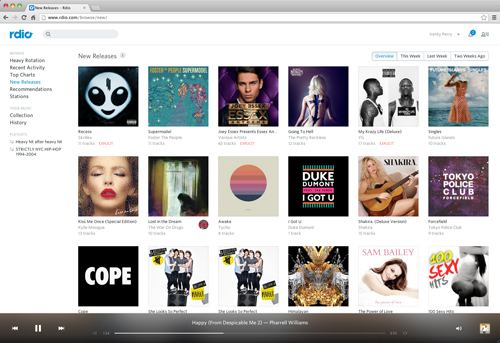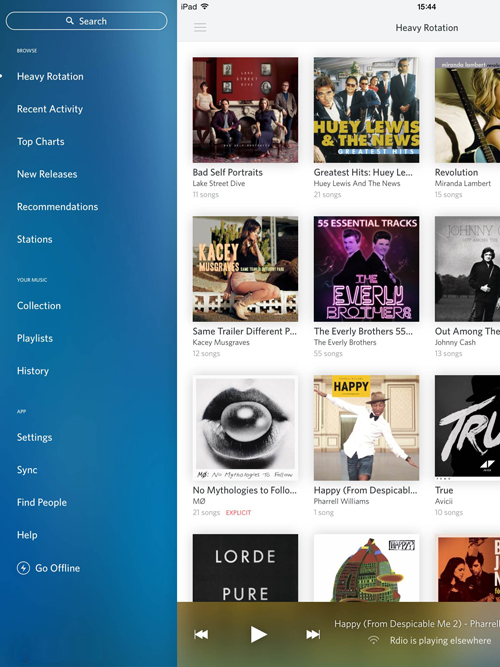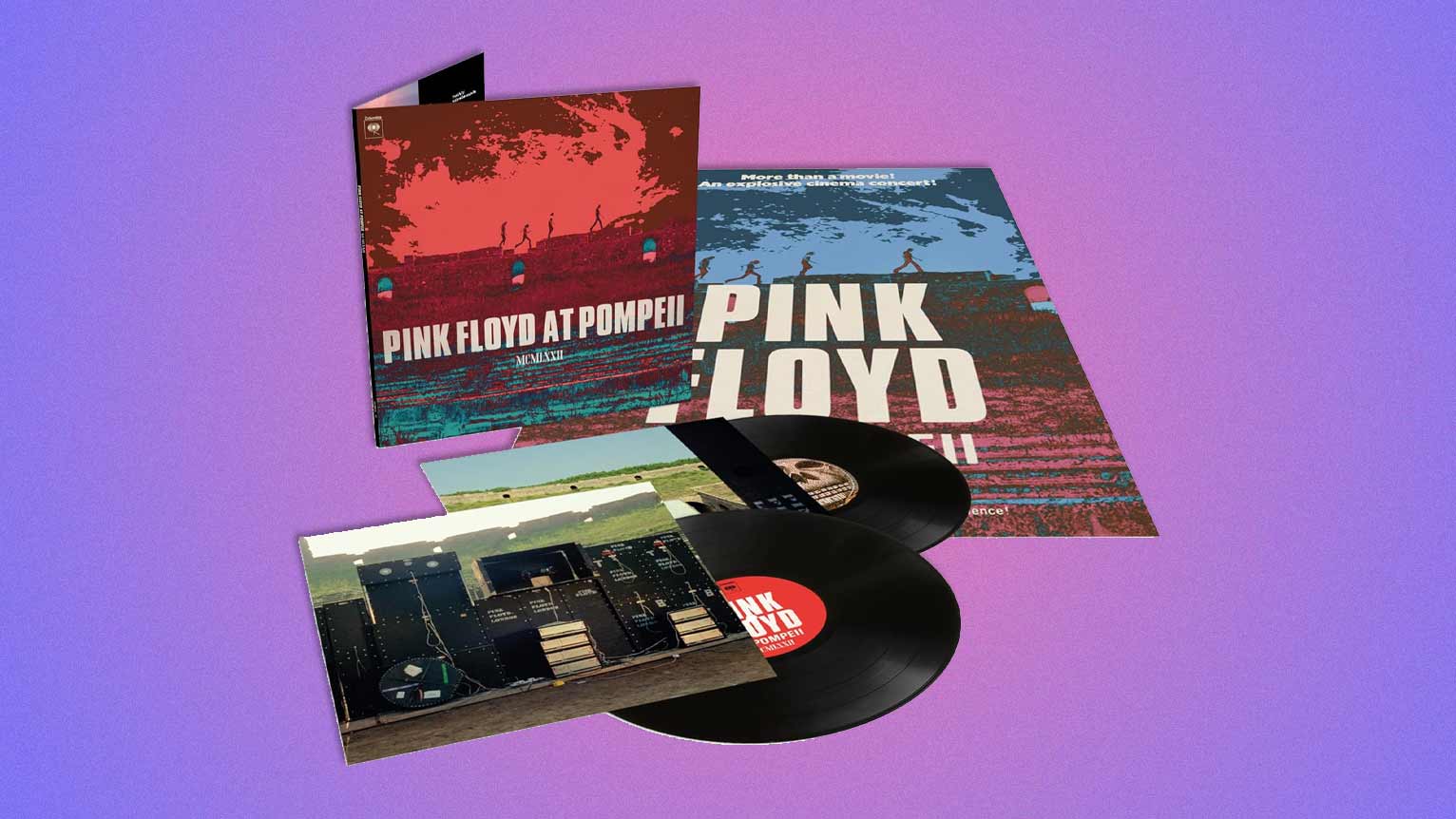What Hi-Fi? Verdict
Rdio does little to stand out, but has a great UI and some winning social features
Pros
- +
Well designed UI
- +
Good catalogue
- +
Great social connectivity
- +
iPad app
Cons
- -
No Android tablet app
- -
Bitrate could be more competitive
- -
Logging-out bug
Why you can trust What Hi-Fi?
Born from the same brains that dreamed up Skype, Rdio had a tough act to follow when it launched in 2010, a small unknown in a growing market of heavyweights.
Now in a bigger, more competitive market than ever, Rdio knows it has some work to do to prove its staying power, but with a new CEO at its helm and availability across a competitive 35 countries, it’s up for the challenge.
Features

Its core aims are said to follow the same principles Skype was built upon – that it must be ad-free and reliable.
As such, there’s no ‘freemium’ option currently available in the UK (though it is being trialled in the US and Australia), with monthly subscriptions starting at £4.99.
Rdio has gained praise for its well designed, easy-to-use interface, and it’s easy to understand why.
Whether you’re using the web, desktop, tablet or mobile app, it’s a very similar experience, with all albums up for selection appearing in a grid-like format, rather than a more visual magazine-style design.

Mobile apps steer away from being too flashy too and, as ever, the specific iPad-designed app makes for a good tablet experience.
Content is found under two headings; Browse or Your Music, with the latter holding your playlists, listening history and ‘collection’ – the place you can store albums, tracks and artists you like.
Browse is the place to go for music discovery, with the top album picks and new releases as you might expect, plus a section called Heavy Rotation, which highlights popular music from the people you follow.
You can find friends by plugging in your Facebook and Twitter details.
Platforms + Apps

Rdio has a competitive app selection, offering iOS, Android, BlackBerry and Windows Phone apps, plus a specific iPad-designed version. Android tablets are left out for now.
Laptop users can use Rdio in both its web or desktop application, while Sonos and Roku users can stream directly through their devices too.
Performance
Rdio offers streams at up to 192kbps for web streaming and over mobile wi-fi, and a rate between 96kbps and 192kbps over mobile data connections.
You can opt for data streams always to be at the highest possible quality but be aware this will use up more data.
Musical performance is perfectly listenable, but lacks the subtlety of the best, sounding less precise than some of the higher-bitrate services.
Drum kicks have more impact and note outlines are tighter in services such as Spotify and Sony Music Unlimited, but Rdio is still suitably detailed and easy to listen to.
We did find Rdio’s desktop and web apps had a tendency to log us out after a while, which was rather annoying – even 20 minutes of inactivity would require another login.
Thankfully that frustration is not replicated on the mobile apps.
Verdict
Overall, Rdio offers little to tempt users of other streaming services to move over, but could easily attract those yet to form an allegiance thanks to its strong catalogue, good interface and great social features.
We just wish it would up its bitrates a notch to make it more competitive on the sound-quality front.
Tech specs:
Catalogue: 20 million
Bitrate: up to 192kbps
File format: MP3
Countries: 51
Mobile platforms: Android, Blackberry, iOS, Windows
Desktop app: No
Tablet optimised: iOS
MORE: Sony Music Unlimited review
MORE: Best apps and services 2014
What Hi-Fi?, founded in 1976, is the world's leading independent guide to buying and owning hi-fi and home entertainment products. Our comprehensive tests help you buy the very best for your money, with our advice sections giving you step-by-step information on how to get even more from your music and movies. Everything is tested by our dedicated team of in-house reviewers in our custom-built test rooms in London, Reading and Bath. Our coveted five-star rating and Awards are recognised all over the world as the ultimate seal of approval, so you can buy with absolute confidence.


